Are you ready to make a difference in your community? Collaborating on a service project can be a rewarding experience that not only brings people together but also creates a lasting impact. Whether you're looking to partner with local organizations or rally your friends for a cause, finding the right letter template can streamline your outreach efforts. Dive into our guide to discover how to craft a compelling message that inspires collaboration and action!
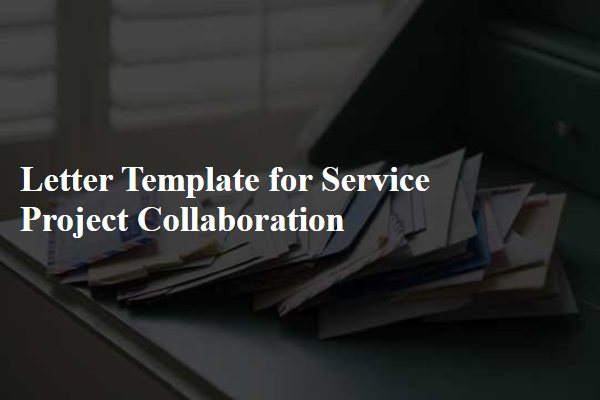
Purpose and Objectives
A service project collaboration fosters community development and addresses specific social issues. The primary purpose involves uniting organizations, like non-profits and educational institutions, to maximize resources and expertise. Objectives include conducting comprehensive needs assessments in targeted areas, such as low-income neighborhoods, to identify pressing challenges, including food insecurity or educational disparities. Additionally, the collaboration aims to create actionable strategies that implement sustainable programs, promote volunteer engagement, and measure impact through quantitative metrics like the number of people served or educational outcomes improved. Engaging stakeholders through regular meetings in community centers also ensures everyone remains informed and aligned with the project's goals.
Partnership Opportunities
Collaboration opportunities in service projects can create impactful outcomes for communities. Organizations like nonprofit foundations, local government agencies, and educational institutions often seek partnerships to address social issues. With the rise of initiatives aimed at environmental sustainability (such as the 2023 United Nations Climate Change Conference), many projects focus on developing green spaces and reducing carbon footprints. Community service events, including food drives or health fairs, can help bridge gaps in under-resourced areas, promoting social equity. Successful partnerships enhance volunteer engagement, increase funding opportunities, and amplify outreach efforts, ultimately leading to more successful project implementation and long-lasting benefits for the involved communities.
Roles and Responsibilities
Collaborative service projects require clearly defined roles and responsibilities for effective teamwork. Stakeholders, such as nonprofit organizations, schools, and community groups, play pivotal roles in executing the project. Project managers coordinate activities, ensuring timelines, budgets, and resources align with goals, while team leaders oversee specific tasks or segments, guiding volunteers or participants. Volunteers engage directly with the community, assisting in activities such as fundraising, outreach, or organizing events. Communication specialists handle marketing and public relations, crafting messages for stakeholders and promoting the project across various platforms. Evaluation experts analyze data post-project, providing insights and recommendations for future initiatives. Clarity in these roles fosters accountability and enhances collaborative efforts.
Benefits and Impact
A collaborative service project can yield numerous benefits, significantly enhancing community engagement and providing impact across multiple sectors. For instance, a partnership involving local schools (educational institutions) and non-profit organizations (charitable entities) can address critical issues such as food insecurity (the lack of reliable access to a sufficient quantity of affordable nutritious food) through community gardens (agricultural initiatives in urban areas) and food drives (organized attempts to collect food for those in need). This collaboration can foster teamwork (joint efforts towards a common goal) among students, families, and volunteers, promoting social responsibility (an ethical framework suggesting that individuals have an obligation to act for the benefit of society) within the community. Furthermore, projects focusing on environmental sustainability (practices that do not deplete resources) can educate participants on the importance of conservation (protecting natural resources) while enhancing local ecosystems (biological communities interacting with their physical environment), thus creating a long-lasting positive impact on the community and its inhabitants.
Contact Information
Collaborating on service projects often requires clear communication and organized contact information. Essential details include full names, roles, and affiliations of each participant. For example, Jane Smith, Project Coordinator at Community Outreach Program, email: jane.smith@communityoutreach.org, phone number: (123) 456-7890, and John Doe, Volunteer Manager at Local Nonprofit Initiative, email: john.doe@localnonprofit.org, phone number: (987) 654-3210. Additionally, a centralized platform for sharing updates and documents, such as Google Workspace, enhances collaboration. Establishing a regular meeting schedule, like bi-weekly Zoom calls, can ensure consistent progress tracking and stakeholder engagement throughout the project lifecycle.
Letter Template For Service Project Collaboration Samples
Letter template of shared objectives letter for health awareness campaign
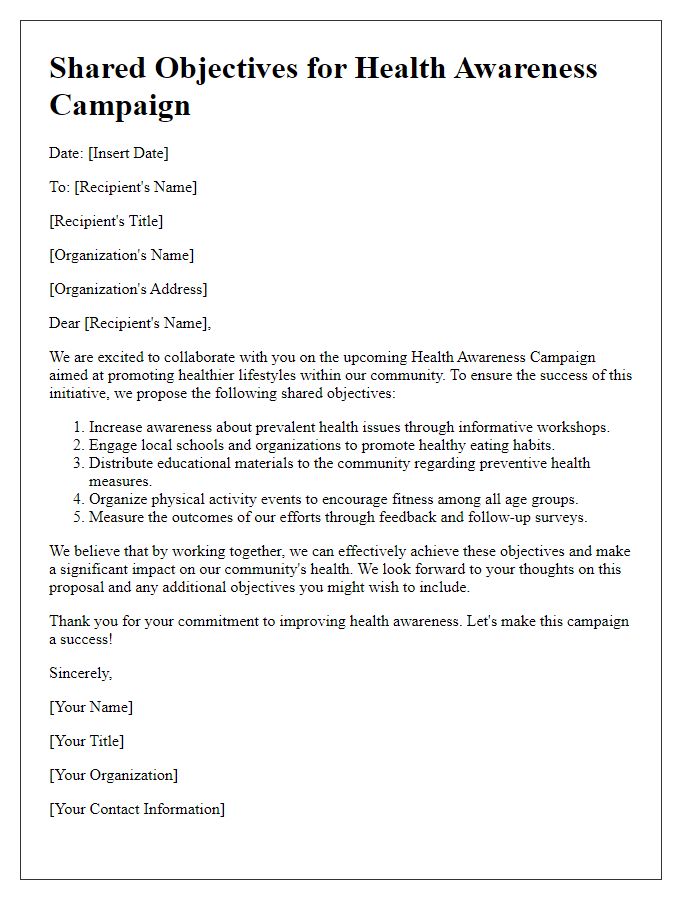

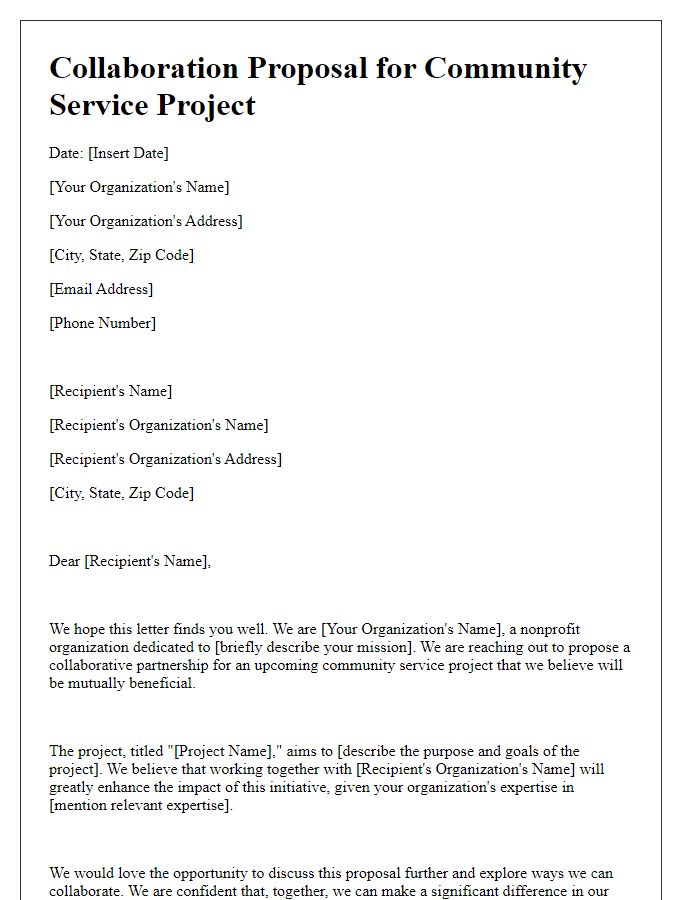
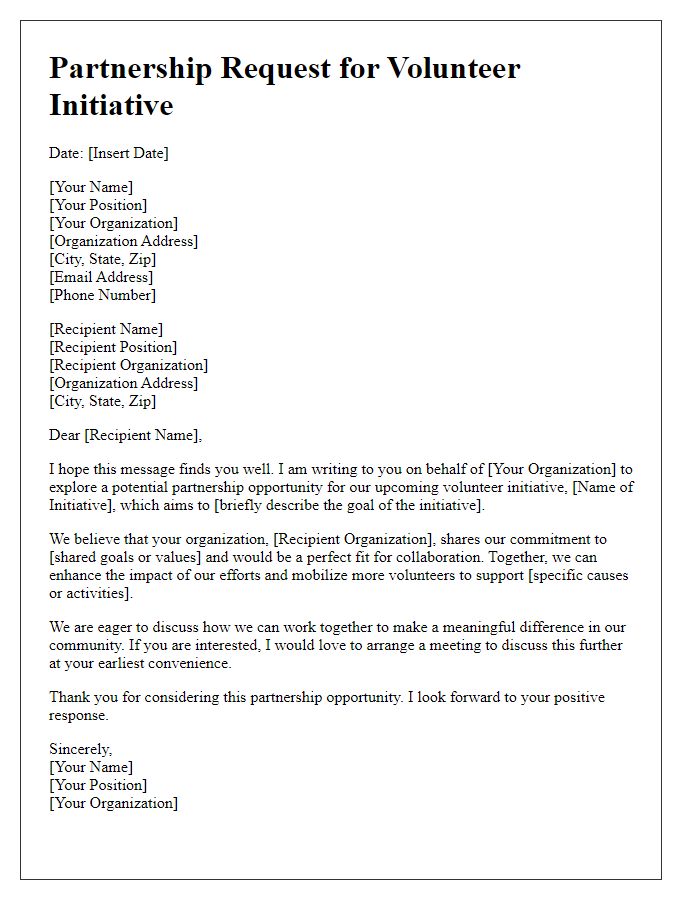
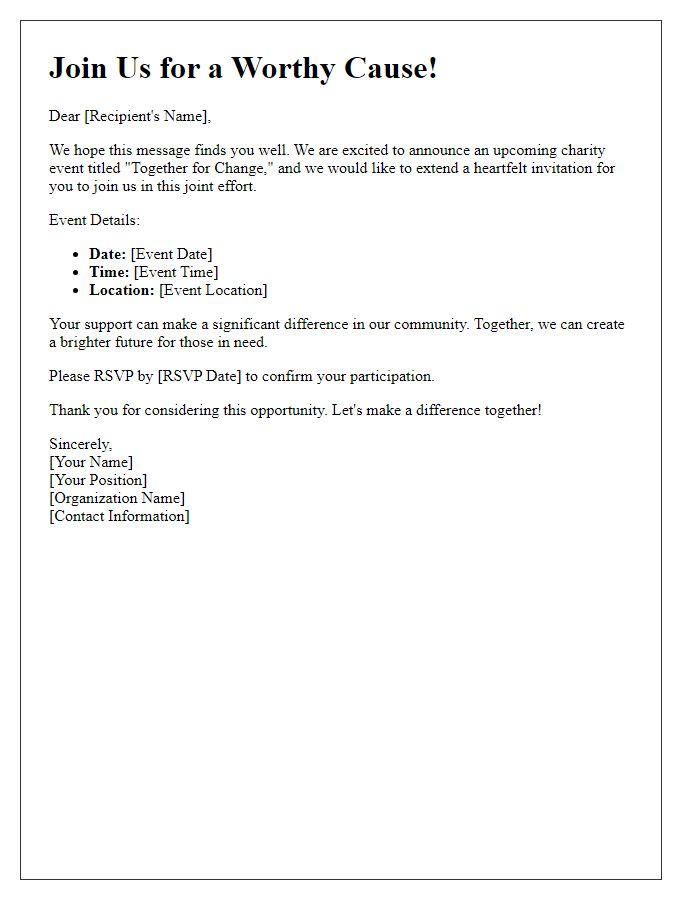
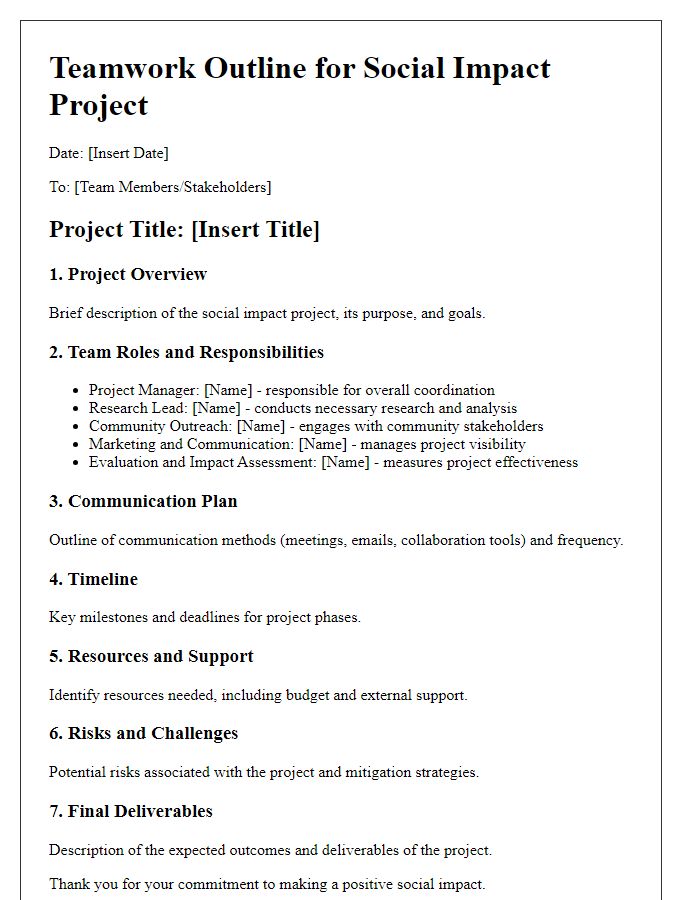
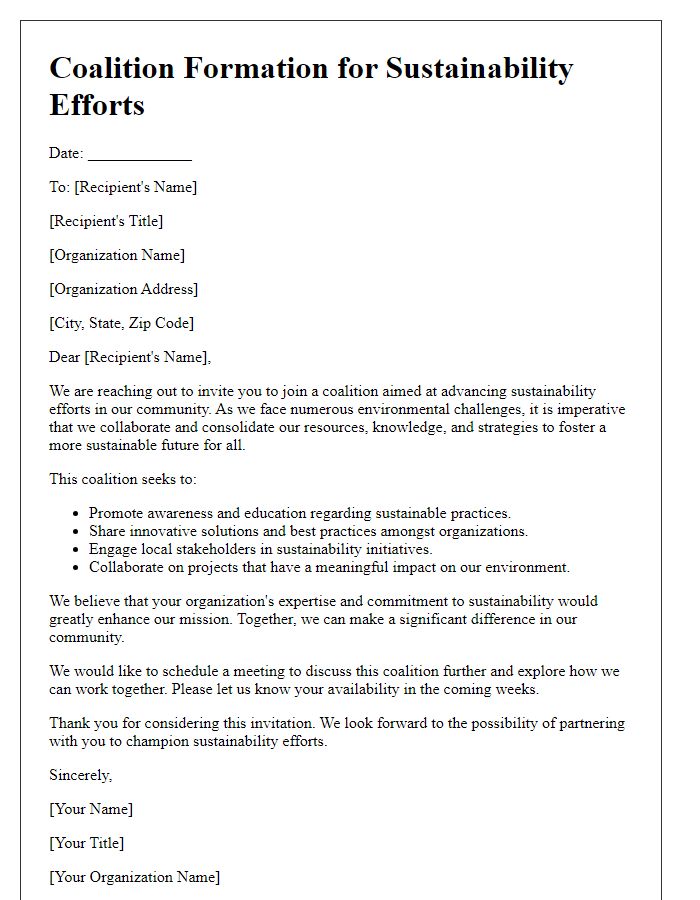
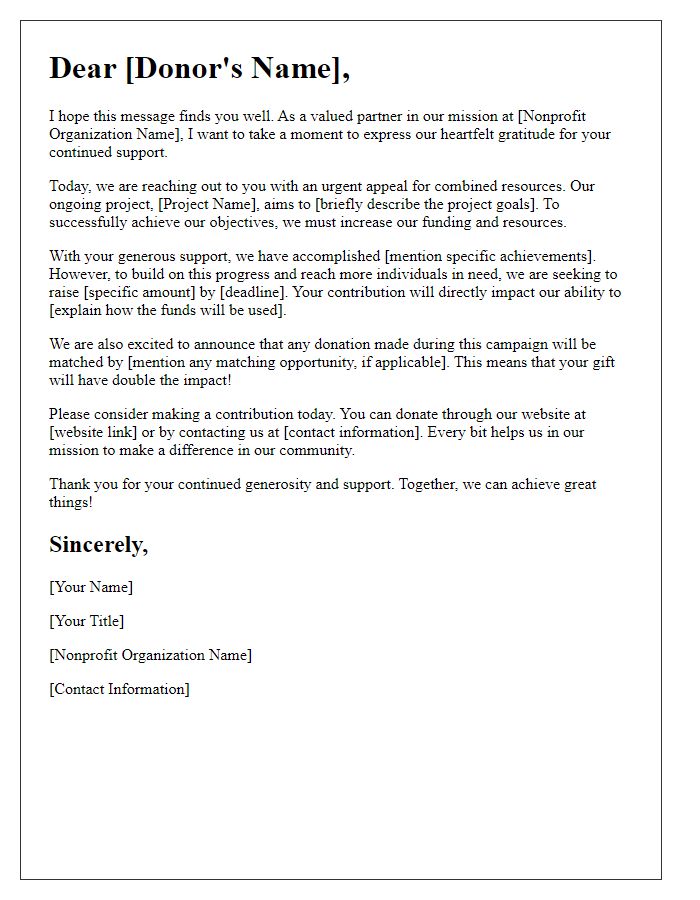
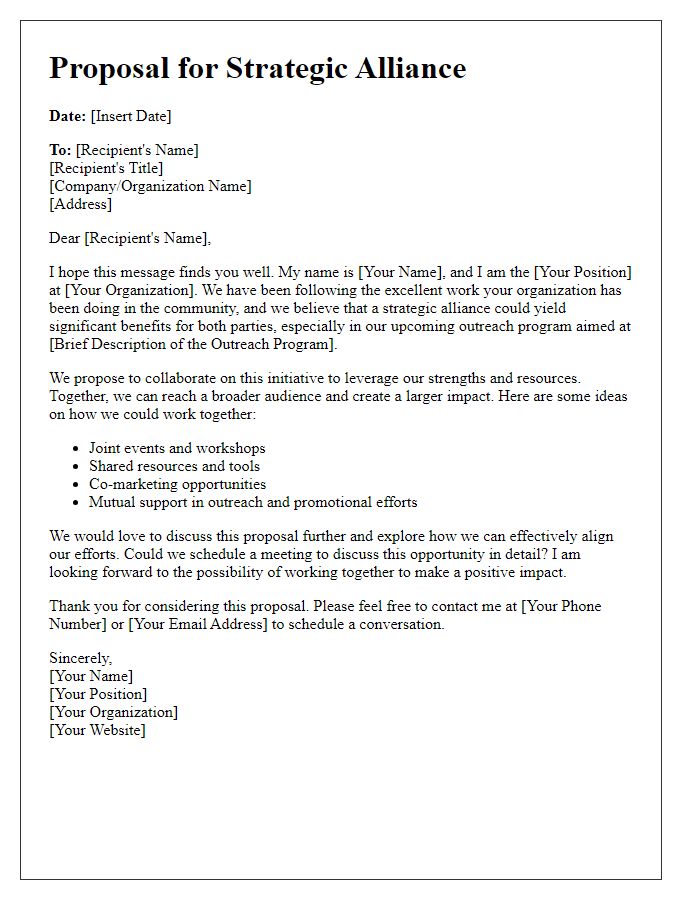
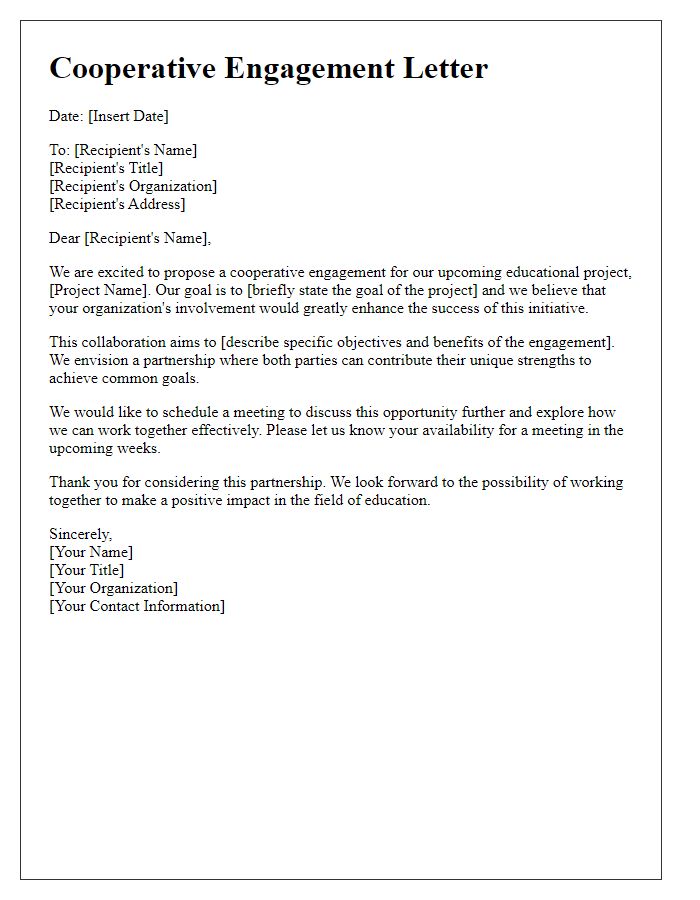
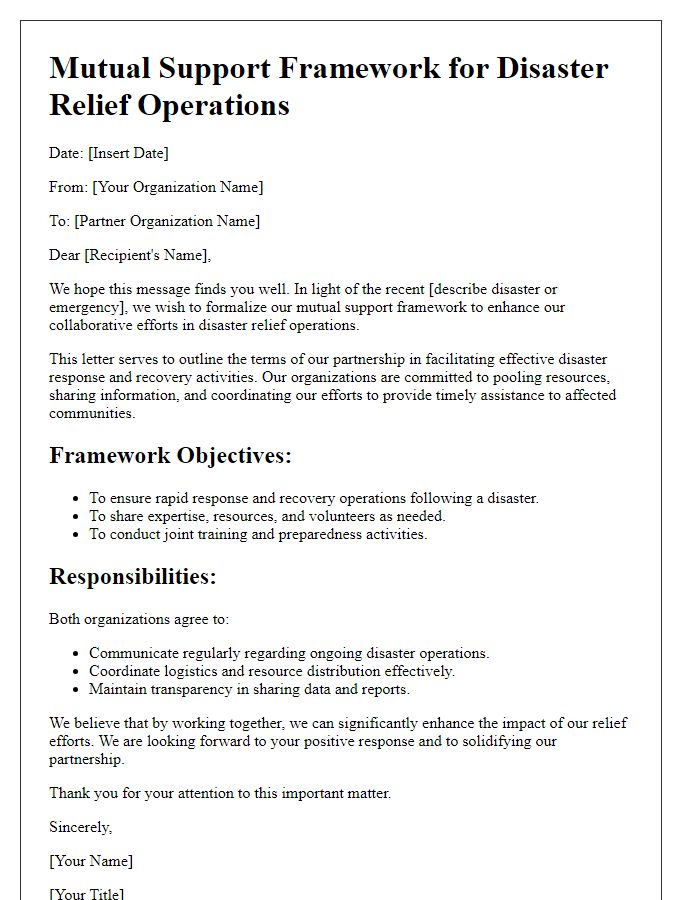

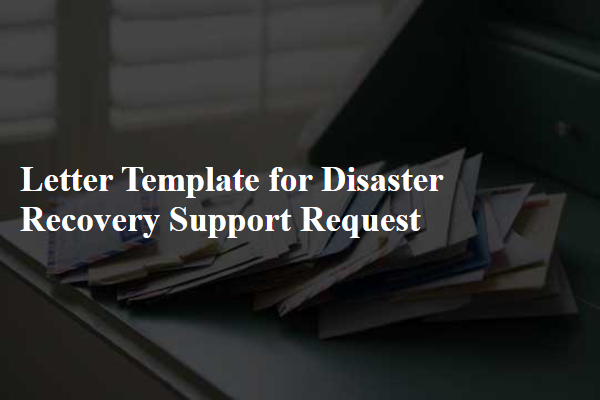
Comments